Urban terrestrial habitats are undervalued, both for their current natural history importance and as a teaching resource. There is no more powerful illustration of habitat succession than the image of nature reclaiming a former industrial site. In fact, brownfield sites and abandoned industrial areas are important both as reference points for our cultural history and as snapshots of how abandoned land will develop in the future. The so-called ‘alien’ flora of Cardiff docks, which was documented in the late 1800s in the first Cardiff Flora, still persists at one or two locations as a historical reminder of more illustrious times for the docks. Sadly, these historically important areas can be extremely difficult to access and are now in danger of being lost to development, instead of being used an invaluable resource for bringing local history to life and stimulating an interest in the unique flora and fauna of the area. The natural history importance of terrestrial urban habitats are described under the relevant headings below.
Urban terrestrial habitats
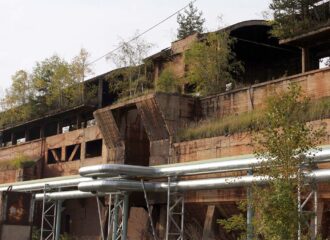
Brownfield and waste-ground habitats
Brownfield sites, i.e., abandoned industrial sites, and waste-ground areas can support surprisingly high levels of biodiversity, particularly compared to large areas of the wider countryside in Wales. These habitats are important educational resources in towns and cities and are among the most powerful illustrations of how nature can reclaim areas, no matter how industrialised, through…
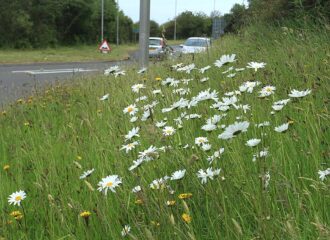
Road verges
Road verges offer an insight to the how the Welsh countryside looked in the past – in much the same way as brownfield sites tell us something about historical work places. In the relatively few remaining places where road verges have not been subjected to intensive management and over-cutting, the flora of the road-verges gives…
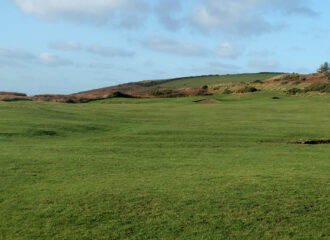
Golf courses and sports fields
Golf courses are well distributed around Wales, particularly in the vicinity of towns and cities and in or near coastal resorts. Although the greens and fairways are intensively managed, the areas of rough and mature trees can provide wildlife refuges, and birds are often seen feeding on the closely cropped greens and on the fairways.…

Orchards
Traditional orchards, and small, non-commercial orchards in suburban areas (as in image above), are an important spring and early summer resource of nectar and pollen for pollinators and an important source of autumn and winter food for birds. Larger traditional orchards are not dissimilar to parkland in that they tend to comprise large, well spaced…
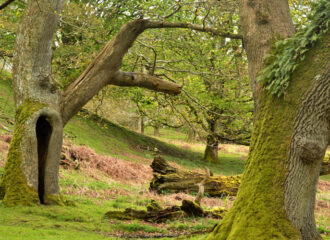
Parkland / wood pasture habitat
The terms ‘parkland’ and ‘wood pasture’ refer to large areas of grazing pasture with well dispersed mature trees, many of which are now considered to be ancient or veteran trees. In fact, a significant proportion of the ancient trees in Europe are found in UK parkland habitat. In general, wood pasture is an ancient form…
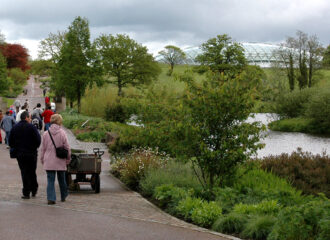
Public parks and gardens
Urban and suburban gardens, public parks and landscape gardens, including botanic gardens such as the National Botanic Garden of Wales (shown here) are not only important for recreation and education, they are also becoming important refuges for the bird and pollinator populations that find it difficult to persist in the increasingly large and barren areas…

